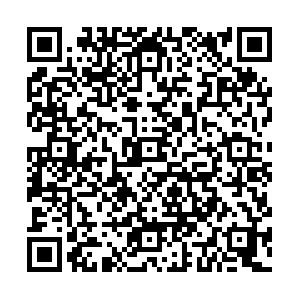Fourier telescopy based on spatial non-uniform Fourier transform
-
摘要: 为了在稀疏发射阵列下清晰重构目标图像,提出了一种基于空域非均匀傅里叶变换(NDFT)的傅里叶望远镜信号处理方法。依据傅里叶望远镜的发射器位置与抽取的目标空间频率关系,结合MATLAB程序特点,完成了空域非均匀傅里叶逆变换,重构了目标图像。稀疏发射阵列配置方式为:T型阵列单臂放置11个发射望远镜,连续抽取目标的8个低频信息,再抽取3个高频分量。选择不同形状和灰度分布的4个卫星作为成像目标。与补零均匀快速傅里叶变换(FFT)方法重构的图像对比发现:信噪比为100 dB时,相比补零均匀FFT方法, NDFT方法重构图像的Strehl比都有所提升,最高提升了0.159 8。Abstract: In order to reconstruct the image using sparse emitter array, a process based on spatial non-uniform Fourier transform (NDFT) method was proposed. According to the relationship between the extracted spatial frequency of target and the position of Fourier telescope emitters and considering the MATLAB program characteristics, we completed the inverse Fourier transform of non-uniform airspace and reconstructed the image of target. Sparse emitter array configuration is as follows: 11 launch telescopes are placed on the T-array single arm, eight low-frequency components are continuously extracted and then followed by three high-frequency components. We selected four satellites with different shape and gray distribution as the imaging target. Comparing our reconstructed images with those by fast Fourier transform with zero-padding, we found that in the presence of noise (100 dB signal-to-noise ratio), the Strehl ratios of the images reconstructed with NDFT method are improved and the highest one is enhanced by 0.159 8.
-
Key words:
- imaging system /
- non-uniform Fourier transform /
- Fourier telescopy /
- sparse emitter array
-

 点击查看大图
点击查看大图
计量
- 文章访问数: 1956
- HTML全文浏览量: 198
- PDF下载量: 437
- 被引次数: 0



 下载:
下载:
